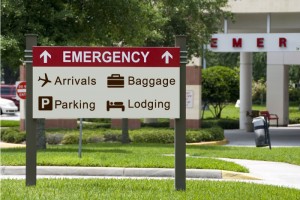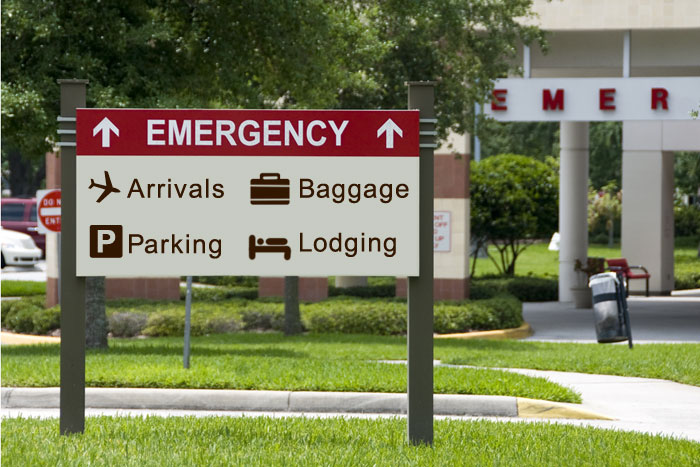
After working as a resident for two-and-a-half years in a northeastern hospital, some of the patients became more and more familiar. Their names, faces, medical records, long list of problems, and medications were well known, as they were repeatedly admitted to the hospital. Between 5 and 9 percent of hospital admissions each day are “frequent flyers,” as they are often called. Though the admitting process becomes easier for physicians, the downside is the increase in demand for health care resources and inability to claim insurance benefits.
When someone mentions “frequent flyers,” I think of one of my patients, Mr. ABC, who was admitted five times in a single month for shortness of breath. He had been diagnosed with obstructive lung disease and was being treated with bronchodilators. Every time Mr. ABC came to the emergency department, he appeared severely short of breath, and would request admission. He was an illegal immigrant and lacked insurance. He therefore did not qualify for disability, and no rehabilitation center or visiting nurse service would treat him.
The hospital was becoming a second home for Mr. ABC. Each time after being treated with nebulizer therapies, he appeared comfortable, as if at home, reading newspapers, watching television, requesting snacks in spite of being on a strict diabetic diet, and at times, urinating on the floor even though he never had incontinence. His wife would drive him to the hospital every week, drop him at the emergency room entrance, and drive off without talking to any of the physicians. It seemed like these admissions had become a routine for the family, like visiting a friend or relative’s home.
Every admission made him less amicable to the hospital staff. In spite of receiving free medications once a month, he kept being re-admitted to the hospital and refused to leave. To make things worse, he was on the verge of chronic renal failure requiring dialysis for life due to his uncontrolled diabetes and medication noncompliance. This was partly caused by his indifferent attitude toward health care and his financial constraints.

He underwent every possible test known for his complaints, including radiological evaluations of multiple areas of his body. Several incidental findings were uncovered, which were further investigated by biopsies, a CT scan, and an endocrinological workup – which all turned out to be negative. Multiple specialists were consulted, including a cardiologist, pulmonologist, psychiatrist, and vascular surgeon.
Here is the health care paradox. Anyone coming to the emergency department seeking care receives that which is applicable for him, even as an illegal immigrant. But someone like Mr. ABC does not get any benefit by being treated as an outpatient. This means that a single hospital admission can cost five times the money that could buy one year of medications for him.
The hospital and staff continued to care for Mr. ABC for over two years before they finally decided they could take no more. He was forced to choose between going back to his home country or stay in the U.S. and start the paperwork needed to become a legal immigrant. After a lengthy discussion with his wife, the palliative care team decided to provide comfort measures only, with no hospital admissions in the future.
It is time to start rethinking the current socioeconomic impact of these cases and approach it from a preventive aspect. For instance, if preventive and therapeutic services are approved as outpatient care instead of providing free care through the emergency department, it could potentially save millions of dollars. Also, if there is nothing else to offer the patient medically, is it ethical to make these patients change their code status, especially if the patient remains medically noncompliant and refuses to do anything about his or her legal status?
Once these issues are raised, it may begin to address one of the key economic concerns involving health care and the problem of the “frequent flyers.”
Follow the UConn Health Center on Facebook, Twitter and YouTube.



